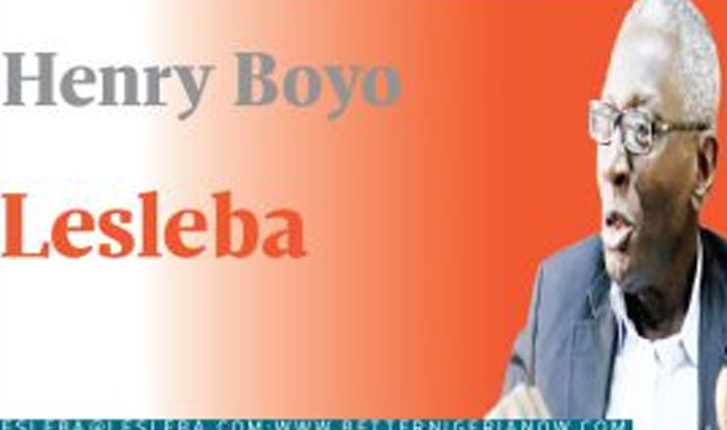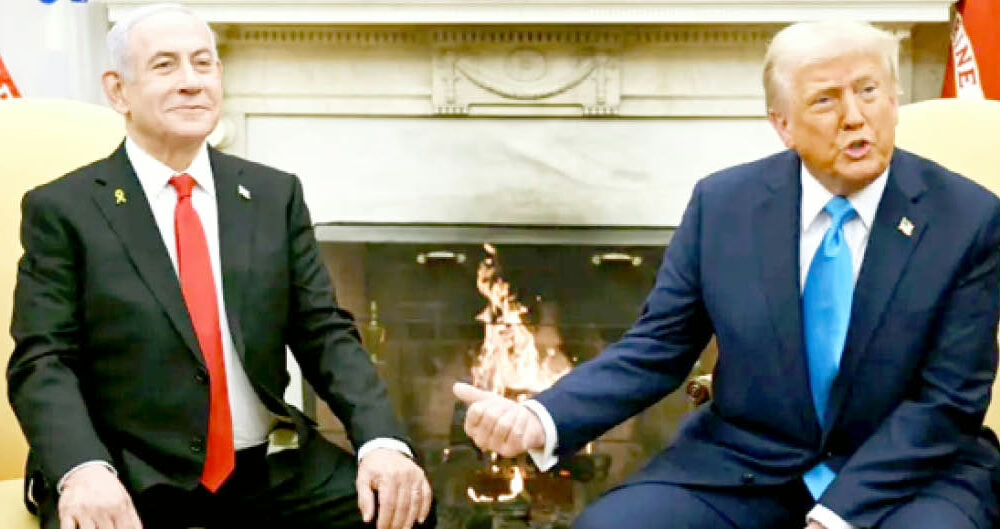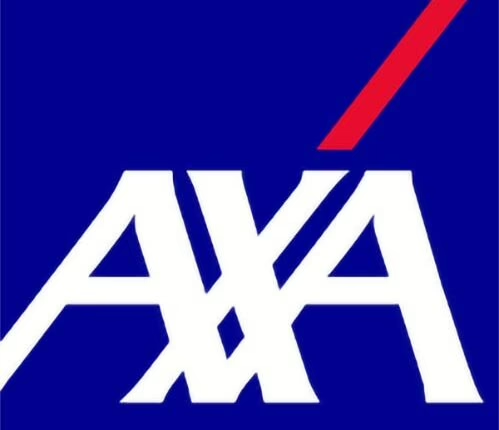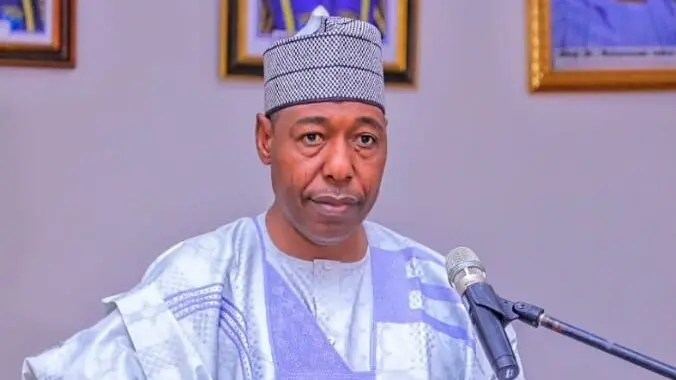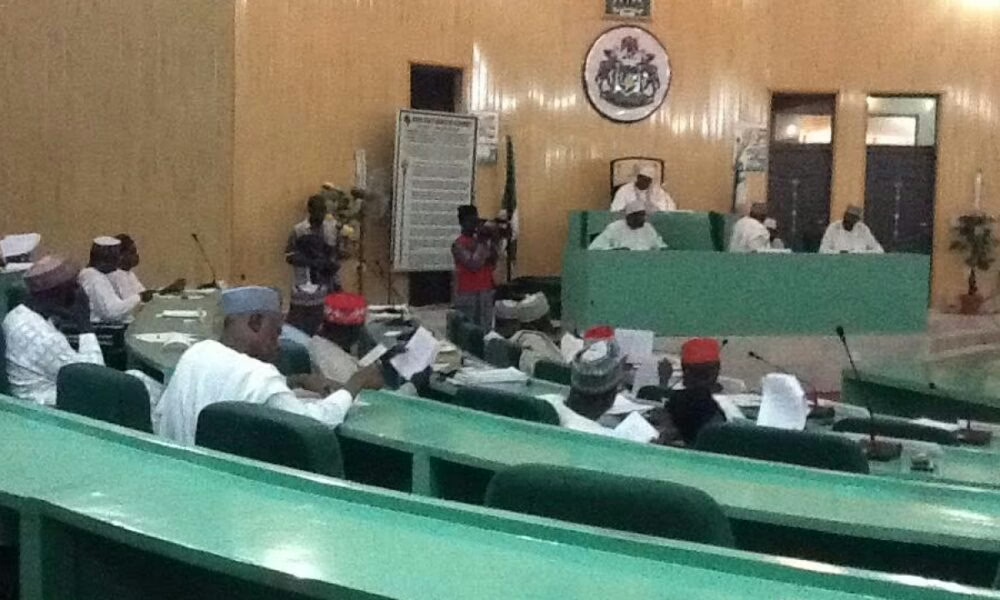By: Sir Henry Olujimi Boyo (Les Leba) first published in December 2015
INTRO:
Last week this column republished “Devalue N, Remove Subsidy and ‘Kill’ Nigerians.” It highlights some external factors that hinder economic progress, and the selfish interests of government in terms of decision making that causes economic suffering across the nation.
(See www.betternaijanow. com for this series and more articles by the Late Sir Henry Boyo)
Today’s article explains the effects of surplus money in the system and at which point it becomes a cause for concern when it brinks on levels of inflation that negatively affect unemployment levels, and industries. It further exposes the intricacies of the rigged system on how banks make a profit despite the struggling real sector amidst “unfounded excuses” from the seats of government.
As you read through the below article taking note of previous events or rates, keep in mind its year of publication (2015), a clear indication that Nigeria’s economic situation is yet to improve even after all this time.
It would come as a huge surprise to Nigerians if anyone suggested that surplus money constitutes the greatest impediment to the creation of more jobs to enhance the quality of economic and social welfare of our people.
Nonetheless, the constitutional custodian of money supply, i.e., CBN, would readily admit that the incurable presence of surplus money supply is actually the major impediment to the achievement of best practice indices of an inflation rate below 2 percent and cost of funds below 5 percent, to successfully drive our economy.
Expectedly, persistent excess money supply is also responsible for the unending slide in Naira exchange rate, even when our national coffers are fortuitously endowed with best ever accumulated dollar reserves. Knowingly, former CBN Governor, Prof. Charles Soludo, noted in a press briefing on the outcome of the Monetary Policy Committee (MPC) meeting of 16/6/2005, that:
“The major source (cause) of huge liquidity injection has been the monetization (read as the substitution of Naira for dollar denominated revenue) of 2004 Excess crude earnings amounting to over N160bn and this has contributed to the liquidity surge”; Soludo therefore warned that….”the (adverse) consequences of excess liquidity stare us in the face.”
Regrettably, CBN has, failed, so far, to reduce the economically poisonous level of liquidity and restrain inflation and Naira depreciation with its usual strategy of borrowing and warehousing some of the market’s surplus liquidity as idle funds, despite an attendant high cost that is certainly inconsistent with risk free sovereign debts, incurred particularly by a resource and reserves rich country like Nigeria. Clearly, even though this trade in government securities remains the most profitable investment for Nigerian banks, it unfortunately also discourages facilitation of cheap credit to the real sector to grow the economy and provide jobs.
Undoubtedly, if CBN does not store away as idle funds the trillions of Naira it borrows annually, the banks would have no choice than to eagerly seek out real sector investors to lend to, with lower interest rates. Curiously, while the real sector struggles to survive, the banks continue to declare bountiful profits which are primarily derived from loans to government; current indications are that while fiscal debts may require almost N900bn to service annually, the banks, primarily, will also earn over N600bn from the related opportunistic high interest charges from buying government’s Treasury Bills.
It is pertinent, to interrogate why such loans cost the Treasury so much despite the alleged surfeit of money supply in the market. It is certainly inconsistent for any commodity to become more expensive when its supply is in excess. It is not as if CBN is also unaware of the banks’ obnoxious, parasitic dedication to funding government debt.
Curiously, after an MPC meeting in July 2013, Lamido Sanusi, the past CBN Governor indeed, ‘remorsefully’ observed that:
Advertisement
“First of all, you have got liquidity surplus in the banking industry…. there is over N1.3Tn or so sitting in banks belonging to government agencies. Now basically, they (these funds) are at zero percent interest and the banks are lending about N2Tn to government and charging 13 to 14 percent; so why would I, as a bank, go and lend to anyone?”
Similarly, Godwin Emefiele, the CBN Governor, in a press briefing after another MPC meeting in November 2015, also disdainfully noted that: “Currently, what we have found is that when banks are in need of liquidity, they come to CBN as lender of last resort and borrow at 200 basis point above the Monetary Policy benchmark rate. But if they have excess liquidity, they give the liquidity to the CBN and CBN pay MPR minus 2 percent which is 11 percent…” “We have discovered that, instead of banks to deploy their liquidity to the real sector to create credit, (and) stimulate growth, what the banks do is to dump their money on CBN AND EARN 11 PERCENT FOR DOING NOTHING”!
In spite of Emefiele’s obvious crocodile tears, the pertinent question, however, is whether or not it makes business sense for government to borrow at even 1 percent if such loans are ultimately simply kept idle from productive use? Indeed, Central banks in successful economies, conversely, presently charge a token fee from banks to warehouse their excess funds. Why has CBN condoned this profligate, oppressive and distortional monetary strategy for so long?
Incidentally, before the recent introduction of the Treasury Single Account (TSA), the availability of idle government deposits in various banks ironically facilitated the farcical process of government borrowing back its own money from banks despite the oppressive cost.
With the adoption of TSA, the reality, of course, is that any payment made by MDAs to staff and contractors will ultimately still migrate to private sector bank accounts and still invariably compound market liquidity.
However, the marginal impact of TSA on banks’ liquidity was also recently revealingly underscored by Nnamdi Okonkwo, Chairman of the Bankers Committee; in a reaction to the impact of CBN’s harmonisation in October 2015, of Cash Reserve Ratios for public and private sectors deposits with banks to 25 percent, Okonkwo happily declared that:
“CBN made Nigerian banks richer as it returned N740bn to sector, and in the process made liquidity available to the banking system”, consequently, Okonkwo concluded that “We can say that there is no alarm on account of moving TSA funds; and ‘I am (therefore) pleased to inform you that after the review and after compliance, industry liquidity remained strong”.
Sadly, however, there is still no assurance that the strong liquidity adequacy, reported by Okonkwo would reach the real sector, as the CBN, inexplicably re-entered the money market soon after TSA enforcement and CRR harmonisation, to once more borrow and store, as idle funds, hundreds of billions of some of the presumed still troublesome systemic Naira surplus.
Curiously, despite the banker’s committee’s confidence on adequate market liquidity, the CBN, last week, still set out, ‘unexpectedly’, to create even more liquidity with further reduction of the harmonised CRR to 20 percent from the previous 25 percent rate that was adjudged by the Banker’s Committee Chairman to have provided comfortable liquidity cover for the banking sector.
Nevertheless, the CBN may contend that the additional CRR reduction in November, is designed to ‘fully guarantee’ that banks will not be starved of liquidity, despite Okonkwo’s earlier assurances of subsisting ‘strong’ market liquidity; however, it is inexplicable and worrisome that soon after the latest reduction of CRR to 20 percent, the CBN again forayed briskly into the market on 2nd December 2015, to once more provide banks with the usual ‘awoof ’ income decried by the same Emefiele by selling N129bn worth of Treasury bills, allegedly to remove funds from a market which is obviously burdened with a debilitating fever of surplus cash.
Evidently, the challenge of excess liquidity is also clearly recognised in the monetary policy thrust statement of the vision 2020 Economic Blue Print which states as follows:
“Dealing with the excess liquidity challenge requires innovative approaches… one potentially enduring solution, which would avoid the creation of new money and boost the naira value in the market, relates to the allocation of foreign exchange earned from oil to the three tiers of government rather than monetising it… but this may be a recipe for capital flight. Therefore, the central bank would need to develop capacity for LIQUIDITY FORECASTING AND PROGRAMMING.”
In retrospect, however, with inflation at almost 10 percent and cost of funds at over 22 percent to the real sector with a sliding naira rate, the CBN’s liquidity forecasting and programming have clearly failed as monetary strategy to induce price stability and sustain inclusive growth.
SAVE THE NAIRA! SAVE NIGERIANS!!

